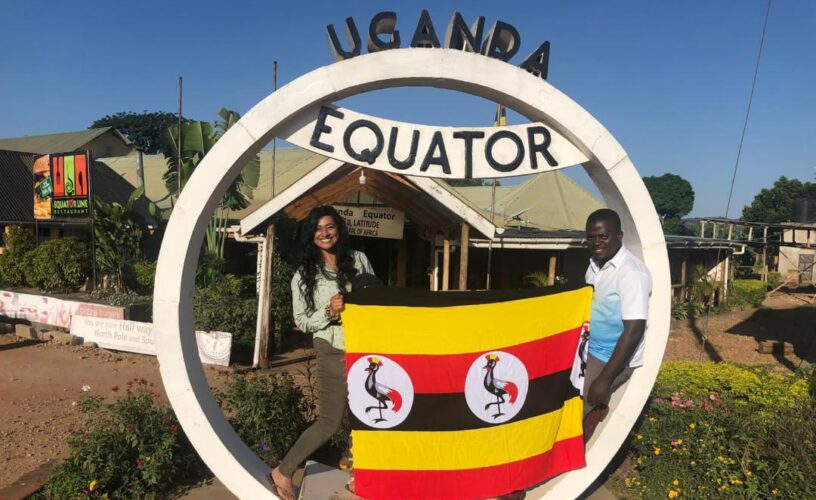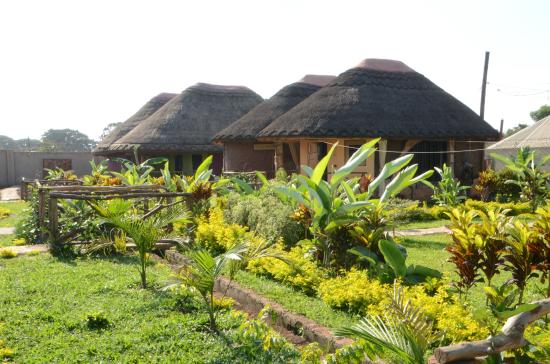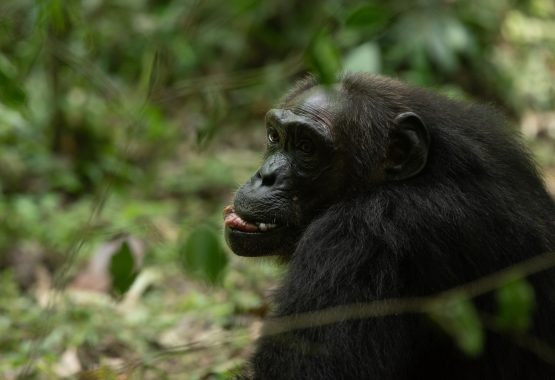A striking feature that is most often seen in the areas near the rainforests is the use of terraced agriculture, which rings the hills in thousands of shades of green. Beginning at the main point of arrival in Entebbe, most safaris will head west to the broad belt of national parks that form the western border. Due to the country being situated right on the meeting point of the eastern savannah and western jungle ecosystems, Uganda has excellent terrain for a wide variety of safaris, from traditional game drives through golden grassland seeking lion or elephant to strapping on your hiking boots and trekking through lush rainforest. The birding is superlative, with the variation in habitat attracting a vast array of species, including the crowning glory of the shoebill, a highly sought-after sight for the true birder. The traditional Big Five parks of Uganda, Queen Elizabeth National Park and Murchison Falls, do not yet match the game densities of their contemporaries to the east. That said, the game viewing is still very much alive and well and the parks boast a mere fraction of the tourist numbers that may dilutes the experience for those visiting the more developed destinations. A sighting of lion, elephant or leopard here is a moment to treasure and is seldom shared with other vehicles.

Who is it for?
Uganda is the dream destination for those in search of the absolute pinnacle of primate safaris. Chimpanzees roam in numbers in Kibale and Queen Elizabeth National Park, as do colobus monkeys, vervet monkeys, de Brazza monkeys and a host of other species. The last mountain gorillas are carefully protected in the Impenetrable Forest of Bwindi. There is absolutely no exaggeration in gorilla trekking as life-altering. The destination is just as much sought after by birders, as Uganda boasts over a thousand species among its varied habitats. A keen birder can hope to encounter the handsome francolin, dwarf honeyguide and purple-breasted sunbird, among many other species that are very difficult to see anywhere else. And, like the gorilla, there is the highlight of seeing the unforgettable shoebill. Uganda outshines all other safari destinations in these two areas, but, in addition, it remains a superb destination for traditional safari by vehicle or by boat, thanks to its lush habitats and variety of species. For those in search of something fresh and vibrant, Uganda is the perfect choice.
How long to stay?
The length of a typical Uganda safari will vary. Those seeking to track gorillas will fly into Entebbe and often overnight on the shores of Lake Victoria before flying out to the south western parks the following morning. Experts recommend tracking the gorillas twice, as the first time is often a little overwhelming and guests don’t take it all in. After the gorilla experience, visitors usually fly back to Entebbe to continue their safari elsewhere or to head out onto the Ugandan safari circuit with visits to Kibale, Queen Elizabeth National Park and Murchison Falls. Further north, at the very tip of the country, travellers can explore the untouched open spaces of lesser-known parks like Kidepo. On average, however, stays range between four to six days.
When should I go?
Uganda is a good year-round destination, but the rainy seasons (March to May and November to December) can make logistics a little tricky. Rain also increases the difficulty of tracking in Bwindi, Mgahinga and Kibale, rendering the mountain slopes muddy. Uganda has a major advantage in terms of temperature – although its location is equatorial, the high altitude eases the heat, meaning that the weather remains temperate all year round. The high season for Uganda safari falls in line with other East African destinations, which means during the winter months in the southern hemisphere, from June to October.
Where to go on safari in Uganda
REQUEST QUOTE




